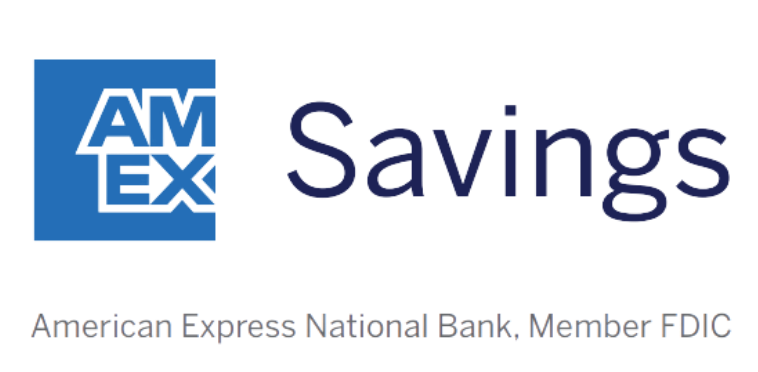If you’ve got some extra cash you’re trying to decide what to do with, you’ve probably considered either a high-yield savings account or a certificate of deposit (CD).
Both can be great places for your money, but which one you should choose ultimately depends on several factors. Here are two questions you should ask yourself before moving your money into either one.
1. Will I need access to this money in an emergency?
This is the most important question you should ask yourself. Any time you’re deciding what to do with your money, like spend it, save it, invest it, or pay off debt, taking an honest look at your current finances is the first step.
If you don’t have any money in your emergency fund, putting some of it into a savings account is probably your best option. Savings accounts allow you to take your money out whenever you need to, usually without any penalties. In contrast, most CDs will charge you a penalty for withdrawing money before your term is up.
Our Picks for the Best High-Yield Savings Accounts of 2024
|
American Express® High Yield Savings  APY 4.10% Rate info Min. to earn $0 Member FDIC. |
APY 4.10% Rate info |
Min. to earn $0 |
|
Capital One 360 Performance Savings  APY 4.10% Rate info Min. to earn $0 Member FDIC. |
APY 4.10% Rate info |
Min. to earn $0 |
|
CIT Platinum Savings  APY 4.70% APY for balances of $5,000 or more Rate info Min. to earn $100 to open account, $5,000 for max APY Member FDIC. |
APY 4.70% APY for balances of $5,000 or more Rate info |
Min. to earn $100 to open account, $5,000 for max APY |
Let’s say you have $2,000 and decide to put it into a 2-year CD with a 4% yield. Then, after six months, your car breaks down, and you have to repair it for $800. Your CD may charge you 180 days of simple interest when you take that $800 out, costing you about $40.
However, if your money is in a savings account, you’ll likely be able to withdraw the $800 without penalty. Many online savings accounts don’t charge a monthly maintenance fee and may only charge an excessive withdrawal fee for too many monthly withdrawals, which can range from $1 to $15 per transaction.
Don’t want to research the best savings accounts yourself? No problem. Click here to see our list of top-rated high-yield savings accounts.
2. Is this account the best way to reach my financial goals?
The second question to ask yourself is whether or not the account you’re about to open will help you reach your financial goals. Asking this helps give you a zoomed-out perspective of your personal finances. If you’ve got some money in your emergency fund, your next steps could be:
- Paying off debt
- Padding your emergency fund
- Earning a higher yield to avoid the negative effects of inflation
- Building your retirement nest egg
For example, if the goal for your current funds is to earn as much money as possible for retirement, you may want to skip both the savings account and the CD and invest your money in a brokerage account instead.
However, if you’re in retirement or nearing retirement and want some of your money to earn a nearly guaranteed return to combat inflation, then a CD could be a good option. Some CD rates are above 4%, which is easily above the current 12-month inflation rate of 2.4%.
What to pick if you’re unsure
If you’ve asked yourself these questions and are still unsure what to do with some of your extra cash, a simple solution would be to put it into a high-yield savings account.
Many online savings accounts pay yields of 4% to 5% and don’t charge maintenance fees. This makes them an ideal place to let your money sit while you figure out the next best move for your cash.

